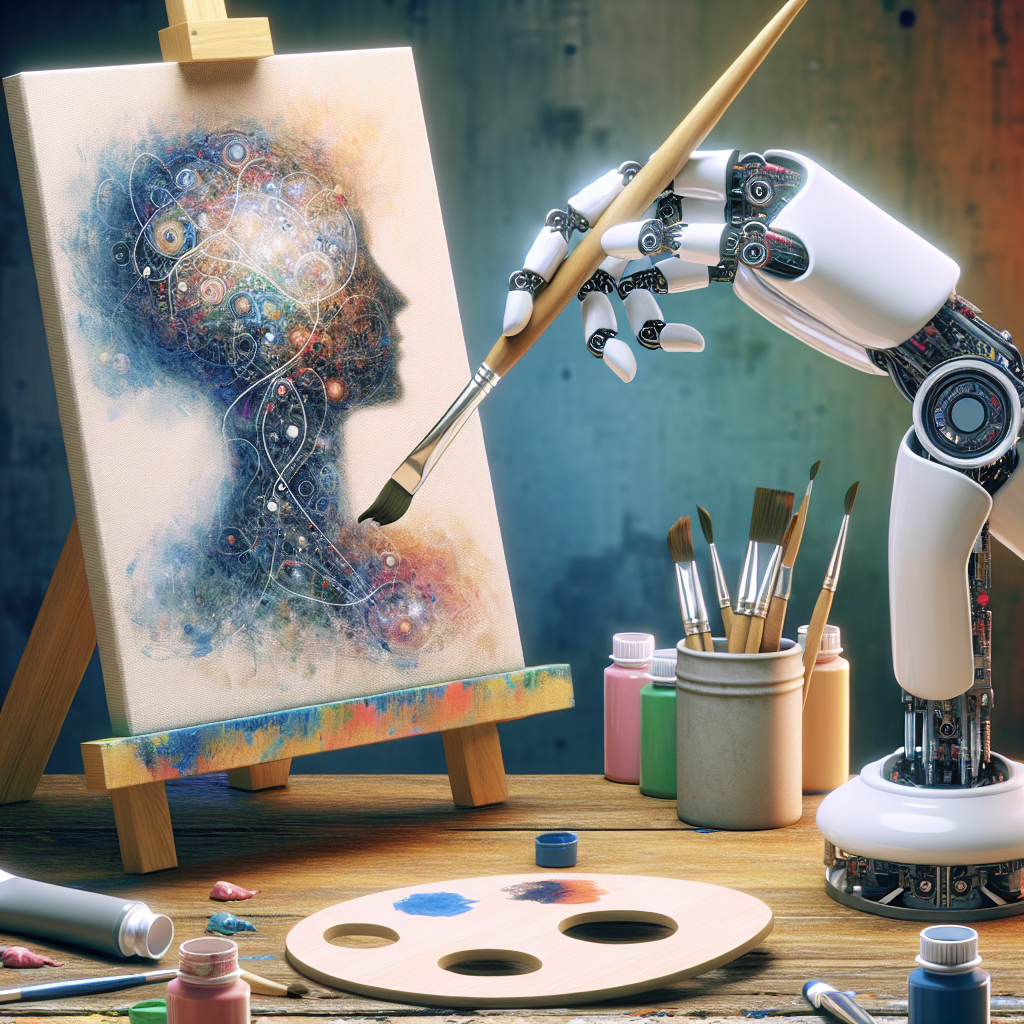Artificial Intelligence (AI) has made significant advancements in various fields, including healthcare, finance, and transportation. But can AI create artistic masterpieces? This question has sparked debate among artists, scholars, and technology enthusiasts. While some believe that AI can produce meaningful and innovative artworks, others argue that it lacks the creativity and emotion necessary to create true masterpieces. In this article, we will explore the capabilities of AI in the realm of art and examine its potential to create artistic masterpieces.
AI in Art: A Brief Overview
AI has been used in art for several years, with some of the earliest examples dating back to the 1960s. One of the most famous early examples of AI in art is Harold Cohen’s program, AARON, which created abstract drawings using simple rules and algorithms. Since then, AI has been used in various art forms, including music, literature, and visual arts.
In recent years, AI has made significant advancements in creating visual art. One of the most well-known examples of AI-generated art is the work of the French collective, Obvious, who used a machine learning algorithm to create a portrait that sold at auction for over $400,000. Other artists, such as Mario Klingemann and Robbie Barrat, have also used AI to create compelling and thought-provoking artworks.
How Does AI Create Art?
AI creates art through a process known as generative adversarial networks (GANs). GANs consist of two neural networks – a generator and a discriminator – that work together to create realistic images. The generator creates images, while the discriminator evaluates them and provides feedback to the generator. Through this process of trial and error, AI can generate images that resemble human-created artworks.
AI can also create art through style transfer, a technique that involves applying the style of one image to another. By using deep learning algorithms, AI can analyze the style of an artwork and apply it to a new image, creating a unique and visually appealing piece of art.
Challenges of AI in Art
While AI has shown promise in creating art, it also faces several challenges. One of the main criticisms of AI-generated art is that it lacks the emotional depth and creativity that human artists bring to their work. AI relies on algorithms and data to create art, which can limit its ability to produce truly original and meaningful artworks.
Another challenge of AI in art is the issue of copyright and intellectual property. Who owns the rights to AI-generated art? Is it the creator of the algorithm, the artist who trained the AI, or the AI itself? These questions have yet to be resolved, leading to legal and ethical concerns surrounding AI-generated art.
Can AI Create Artistic Masterpieces?
The question of whether AI can create artistic masterpieces is a complex and subjective one. While AI has shown potential in creating visually striking artworks, it still lacks the emotional depth and creativity that human artists possess. AI-generated art may be impressive from a technical standpoint, but it often lacks the soul and meaning that define true masterpieces.
That being said, AI has the potential to inspire and collaborate with human artists in new and innovative ways. By combining the creativity of human artists with the computational power of AI, we may see the emergence of truly groundbreaking artworks that push the boundaries of art and technology.
Frequently Asked Questions
Q: Can AI be considered an artist?
A: While AI can create art, it is not typically considered an artist in the traditional sense. AI lacks the consciousness, emotions, and intentionality that define human artists. However, AI can be seen as a tool or collaborator in the creative process.
Q: Is AI-generated art considered valuable?
A: The value of AI-generated art is subjective and varies depending on the artwork and the context in which it is presented. Some AI-generated artworks have sold for significant amounts at auction, while others are seen as novelty or experimental pieces.
Q: How can AI and human artists collaborate in creating art?
A: AI and human artists can collaborate in various ways, such as using AI to generate ideas, explore new techniques, or enhance existing artworks. By combining the creativity of human artists with the computational power of AI, we may see the emergence of truly innovative and groundbreaking artworks.
In conclusion, while AI has shown potential in creating art, it still lacks the creativity and emotional depth that define true artistic masterpieces. AI-generated art may be impressive from a technical standpoint, but it often lacks the soul and meaning that human artists bring to their work. However, AI has the potential to inspire and collaborate with human artists in new and innovative ways, leading to the creation of truly groundbreaking artworks that push the boundaries of art and technology.

